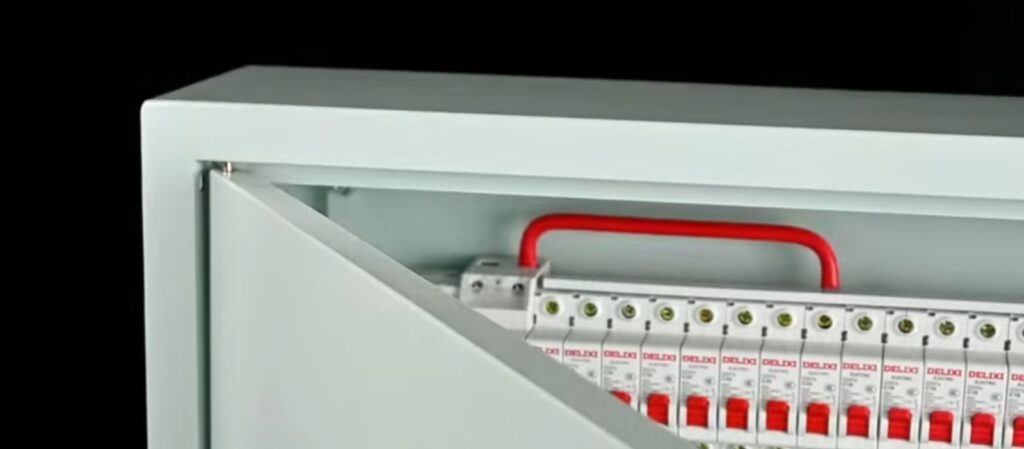Many individuals are exhausted from investing substantial funds into pre-assembled smart home systems that fail to meet their specific needs. This is where the allure of DIY home automation comes into play. This approach empowers individuals to have complete authority over their smart home setup. It offers the freedom to select devices, configure them, and define their interactions. This path leads to a uniquely tailored smart home experience, unparalleled by any commercial product.
Starting Your Journey in Home Automation
Embarking on the journey of DIY home automation begins with selecting an open-source platform. This platform serves as the foundation for the smart home ecosystem. Home Assistant and OpenHAB are frequently chosen for their extensive customization capabilities, wide device compatibility, and supportive communities. After selecting a platform, the adventure continues with the integration of DIY smart devices. These devices, often more affordable than their market counterparts, can be tailored to personal needs using readily available components and simple guides.
Building Your Own Smart Devices
Key DIY smart devices to consider include:
- Smart Switches and Outlets: These allow smartphone control of lighting and appliances;
- Smart Thermostats: Customize home temperatures based on schedules and preferences;
- Smart Door Locks: Offer remote monitoring and control of home access;
- Smart Cameras: Provide surveillance and alert notifications for unusual activities.
With these devices in place, the next phase involves devising custom automation projects. These projects can automate mundane tasks, bring convenience, and even contribute to energy and cost savings.
Creative Automation Ideas
The world of DIY home automation is brimming with possibilities, allowing for the creation of bespoke projects that cater to individual lifestyles and preferences. Here are some detailed and imaginative automation concepts to delve into:
- Responsive Lighting Control: Imagine walking into a room and the lights automatically adjust to your presence. Sensors can detect occupancy, turning lights on as you enter and off when you leave, not only for convenience but also for energy efficiency;
- Location-Based Thermostat Adjustment: Your home’s temperature can now be tied to your location. Through geofencing technology, your thermostat can lower the heat when you leave for work and warm up your home as you approach, ensuring comfort while saving on energy costs;
- Automated Blind Operation: Sync your blinds with the sun’s schedule. They can open to let in the first light of day, helping you wake up naturally. As dusk falls, they can close, offering privacy and signaling the end of the day;
- Child Arrival Notifications: Receive real-time alerts on your smartphone when your children arrive home from school. This feature enhances peace of mind for parents, ensuring they’re always informed;
- Bedtime Routine Simplification: With a single voice command or press of a button, you can turn off all lights in your house. This not only aids in a smoother transition to bedtime but also ensures that no lights are left on unnecessarily overnight.
Expanding on these ideas, DIY home automation can also include features like voice-controlled kitchen appliances for hands-free cooking, automated pet feeders for consistent feeding schedules, and smart garden systems that water plants based on weather conditions. This level of customization allows for a smart home that not only simplifies daily tasks but also adapts to your unique needs and preferences.
In essence, the realm of DIY home automation opens up a world where technology and convenience harmoniously blend to create living spaces that are not only smarter but also more attuned to the personal rhythms and routines of their inhabitants. This journey into home automation is not just about technological advancement; it’s about redefining living spaces to better suit our lifestyles and needs.
Conclusion: The Benefits of DIY Home Automation
In summary, DIY home automation is a cost-effective, enjoyable, and highly customizable approach to creating a smart home. By leveraging open-source platforms, constructing DIY smart devices, and initiating custom automation projects, anyone can assemble a smart home system that impeccably aligns with their needs. This venture not only offers the thrill of building but also the satisfaction of personalizing a smart home from the ground up.
